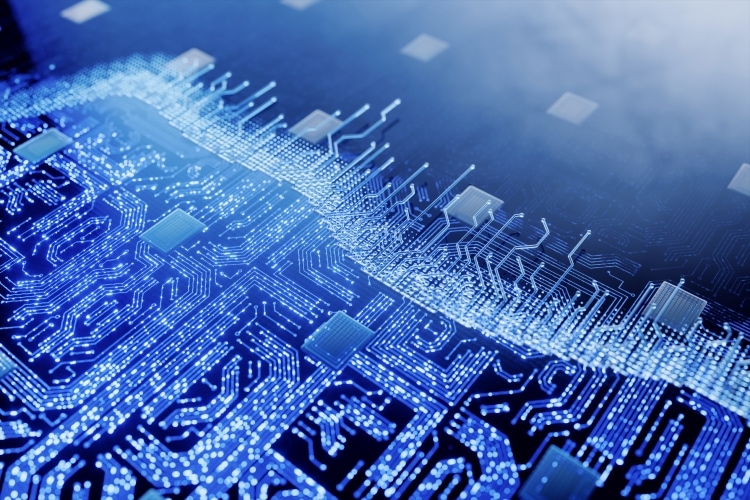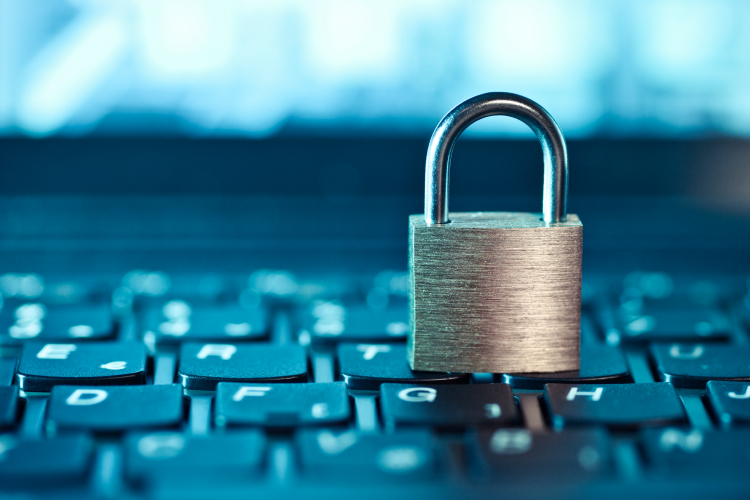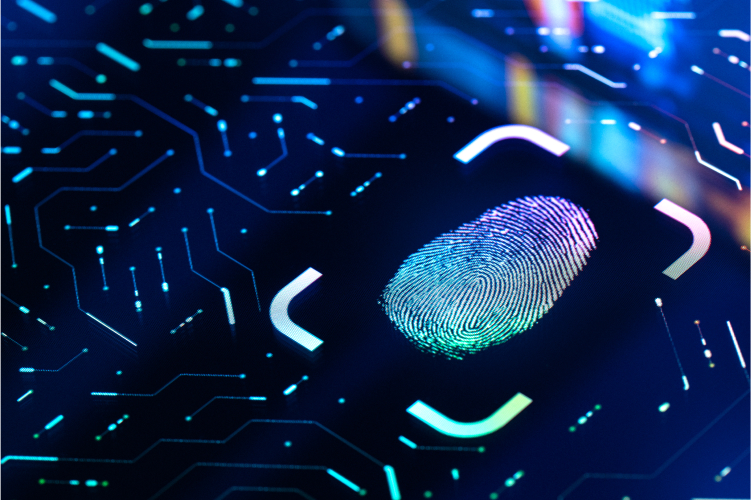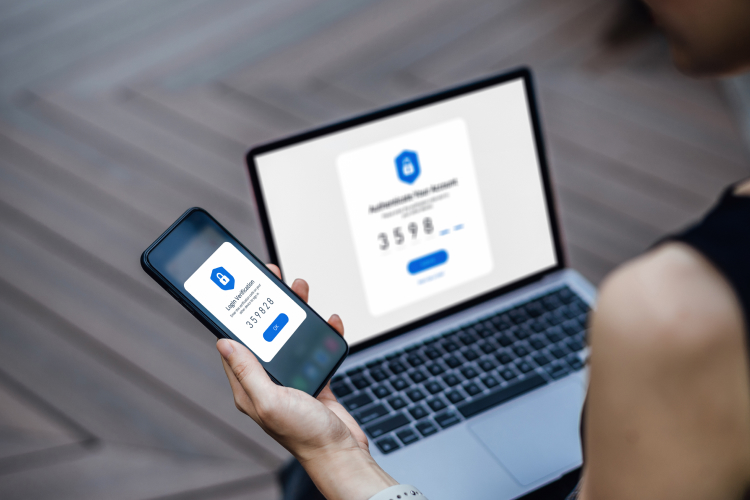
Digital operations have transformed with the rapid expansion of cloud computing. Offering unprecedented scalability, cost-efficiency and accessibility, cloud services are indispensable for individuals and businesses alike, from budding startups to multinational corporations optimizing their workflows. The allure of cloud services — spanning Infrastructure as a Service (IaaS), Platform as a Service (PaaS) and Software as a Service (SaaS) — ushered in a significant shift in IT infrastructure strategies. However, this shift comes with its own set of challenges. More than 80% of breaches involved data stored in the cloud, according to a 2023 IBM report, highlighting the critical need for […]









